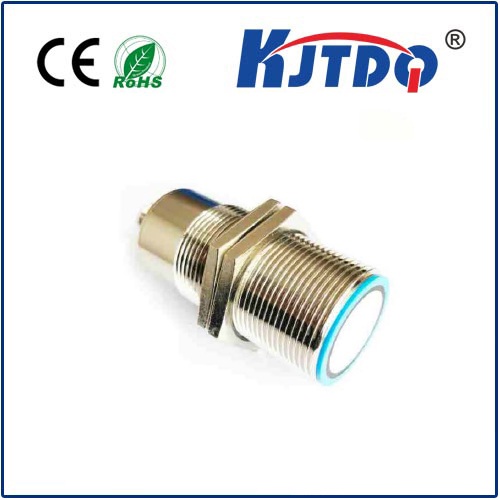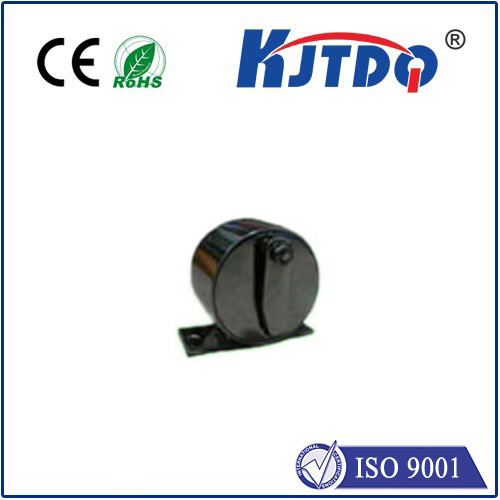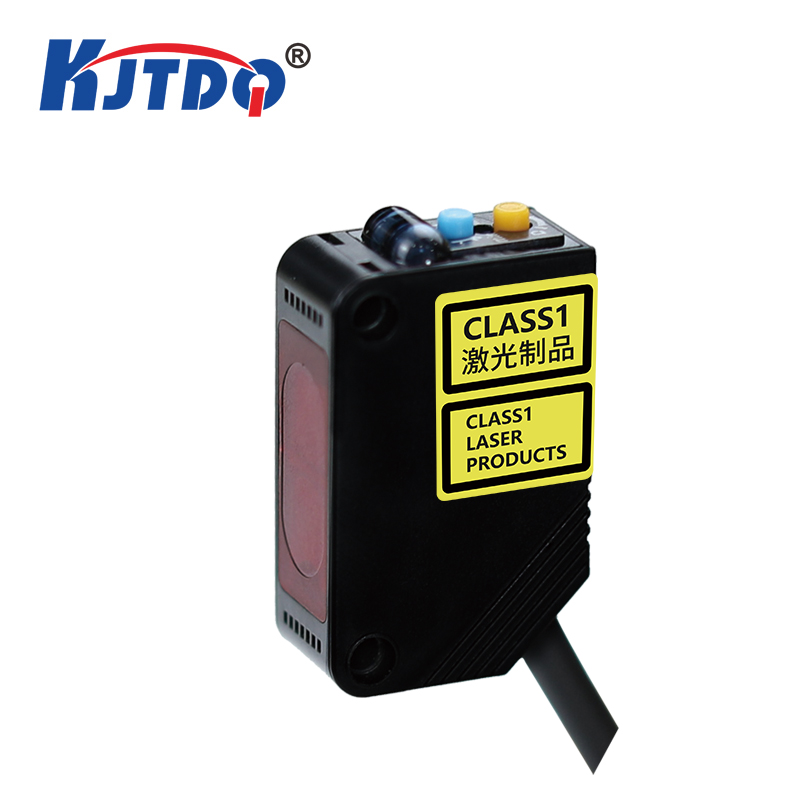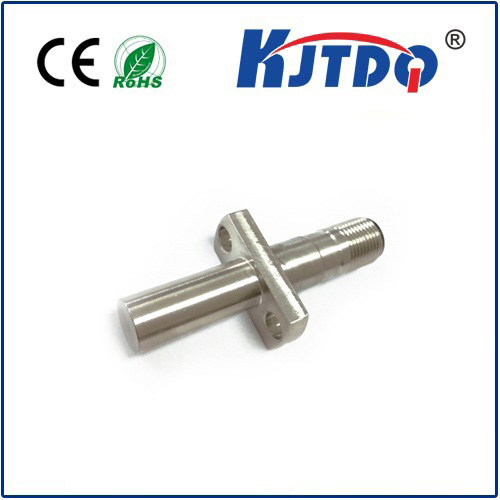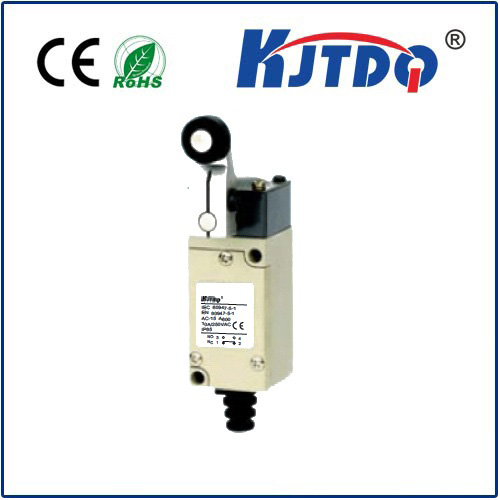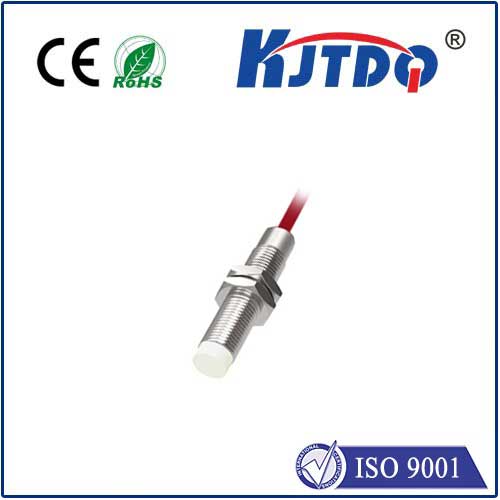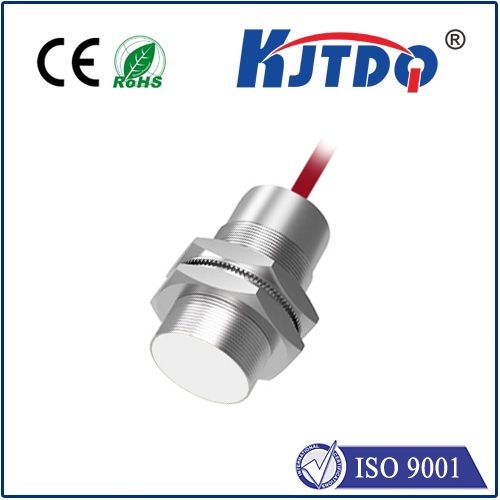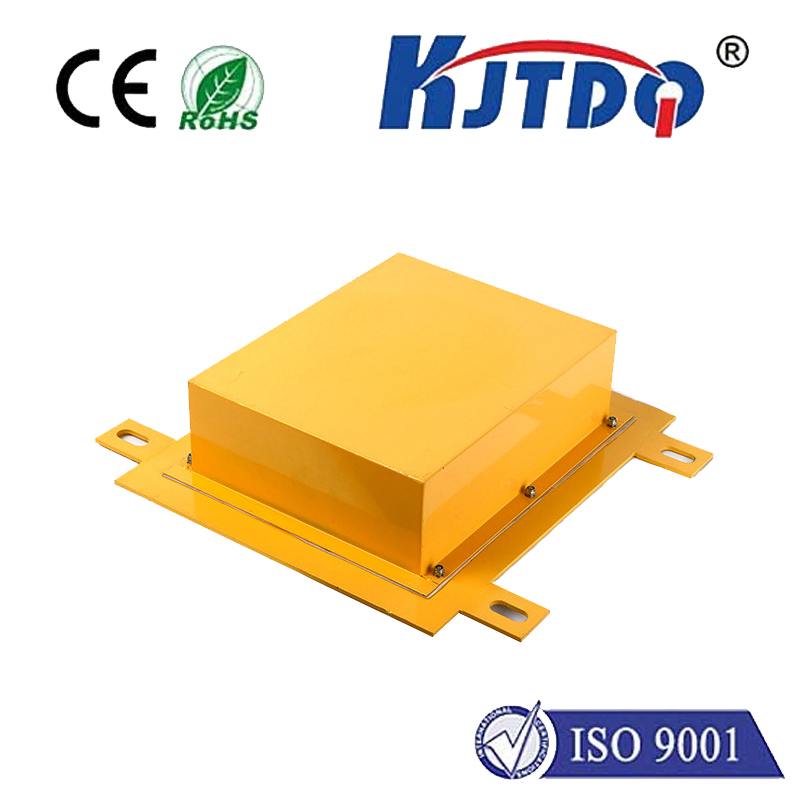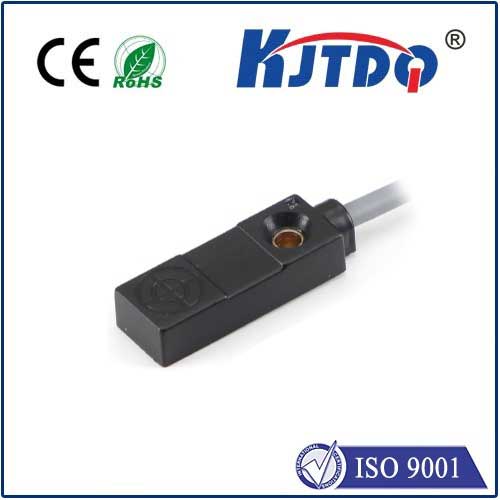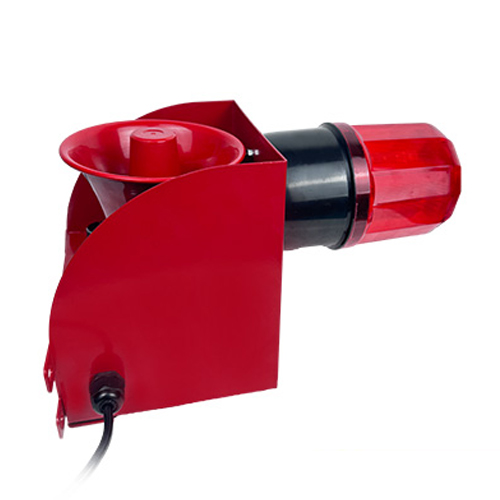

check

check

check

check
In today’s high-stakes industrial environments, where precision under pressure defines success, the demand for resilient sensing solutions has never been greater. Imagine a hydraulic system in a heavy machinery plant, where a single misstep could lead to costly downtime—this is where the BES05FN high-pressure proximity sensor steps in as a silent guardian. Engineered to thrive in extreme conditions, this advanced sensor redefines reliability by offering non-contact detection in scenarios where traditional sensors falter. As industries push boundaries in automation and safety, understanding the capabilities of the BES05FN model becomes crucial. This article dives into its core features, applications, and why it stands out as a cornerstone of modern industrial innovation.
What is a High-Pressure Proximity Sensor? Proximity sensors, at their heart, detect nearby objects without physical contact, using electromagnetic fields or inductive technology. However, when operating in high-pressure environments—such as those with hydraulic fluids, compressed gases, or intense mechanical forces—standard sensors risk failure due to stress exposure. Here, the term “high-pressure” refers not just to pressure levels but to the sensor’s ability to withstand up to 600 bar in many industrial settings. This resilience ensures consistent performance where fluctuations could compromise safety. The BES05FN model embodies this principle, designed specifically for rigorous applications that demand unwavering accuracy. Its role is vital in preventing equipment damage and enhancing efficiency, making it a go-to solution for sectors like oil and gas or aerospace.
The Unique Features of BES05FN The BES05FN high-pressure proximity sensor isn’t just another component; it’s a marvel of engineering packed with standout attributes. Unlike generic sensors, it boasts an impressive IP68 rating for dust and water resistance, ensuring flawless operation in harsh, humid environments. Key specs include a detection range of up to 15mm with high repeat accuracy—meaning it delivers reliable readings even in volatile conditions. One of its most lauded features is the durable stainless-steel housing, which provides exceptional corrosion resistance. This allows it to handle temperatures from -25°C to 85°C, making it ideal for outdoor or high-heat zones. Additionally, its compact design facilitates easy integration into tight spaces without sacrificing robustness. For users, this translates to fewer replacements and lower maintenance costs, amplifying its cost-effectiveness over time.

How the BES05FN Works: A Deep Dive At its core, the BES05FN proximity sensor operates on inductive sensing principles. When an object enters its electromagnetic field, it disrupts the current flow, triggering an output signal—either digital or analog—to alert control systems. What sets it apart is its built-in pressure compensation mechanism. This includes specialized seals and materials that absorb shock and prevent ingress in high-pressure scenarios, like hydraulic presses. For instance, in a manufacturing line, it seamlessly detects metal parts moving through a pressurized chamber, providing real-time data without direct contact. This non-invasive approach not only reduces wear but also minimizes false triggers, enhancing overall system reliability. Users often report improved cycle times and reduced error rates, thanks to its robust circuitry designed for noise immunity.
Diverse Applications and Industries The versatility of the BES05FN high-pressure proximity sensor makes it indispensable across multiple sectors. In hydraulic systems, it monitors valve positions and fluid levels, preventing leaks that could lead to environmental hazards. Similarly, in oil refineries, it safeguards pipelines by detecting blockages under immense pressure. Automotive manufacturers rely on it for assembly lines where precise component alignment is critical. For example, in a high-pressure test rig, the sensor ensures seals are intact before products move to shipping. Other key areas include renewable energy setups like wind turbines, where exposure to weather extremes requires durable detection. By integrating the BES05FN, companies achieve not only operational efficiency but also compliance with safety regulations, such as those in ISO-certified environments.
Advantages and Benefits Choosing the BES05FN proximity sensor offers tangible benefits that boost the bottom line. Longevity and durability are paramount—its rugged build reduces the need for frequent replacements, cutting downtime by up to 30% in studies. Cost savings accrue from minimal calibration requirements and energy-efficient operation. Most importantly, it enhances safety by enabling early warnings for potential hazards, like overheating in high-pressure zones. Users also appreciate its plug-and-play installation, which speeds up deployment without specialized tools. In competitive markets, this sensor provides a strategic edge by supporting automation trends, such as Industry 4.0 initiatives, where data from reliable sensors fuels predictive maintenance. Ultimately, investing in the BES05FN model means embracing innovation that drives sustainable growth.
Why BES05FN is the Superior Choice When evaluating proximity sensors, several factors elevate the BES05FN above alternatives. Its precision under pressure rivals older models, thanks to advancements in material science and electronic shielding. Compes often lack its seamless integration capabilities or full-range compatibility with PLC systems. For decision-makers, the ROI is compelling: it delivers higher accuracy and reliability, leading to fewer operational disruptions. Case studies from industrial plants show a 20% increase in productivity after adopting the BES05FN sensor. Moreover, as industries evolve toward greener practices, this sensor’s efficiency aligns with sustainability goals by reducing waste through optimized processes. Embracing this technology positions companies at the forefront of innovation, ready to tackle future challenges in automation.
As we navigate the complexities of modern industry, the BES05FN high-pressure proximity sensor proves more than just a component—it’s a catalyst for change. Its robust design, tailored for demanding applications, transforms how businesses approach reliability and efficiency. From hydraulic controls to renewable energy, its impact is undeniable. Moving forward, integrating such intelligent sensors will redefine safety standards and operational excellence.
